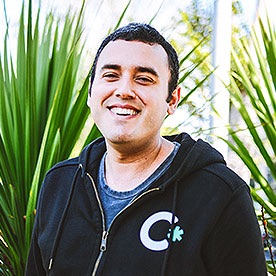Audio Presented by

Co-Founder at CodePath - a 501(c)(3) nonprofit transforming computer science education. Learn more @ codepath.org
About Author
Co-Founder at CodePath - a 501(c)(3) nonprofit transforming computer science education. Learn more @ codepath.org